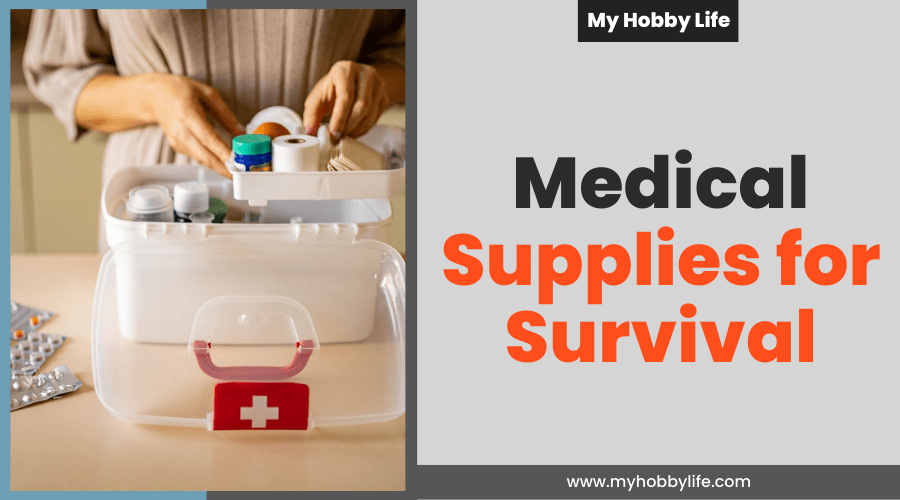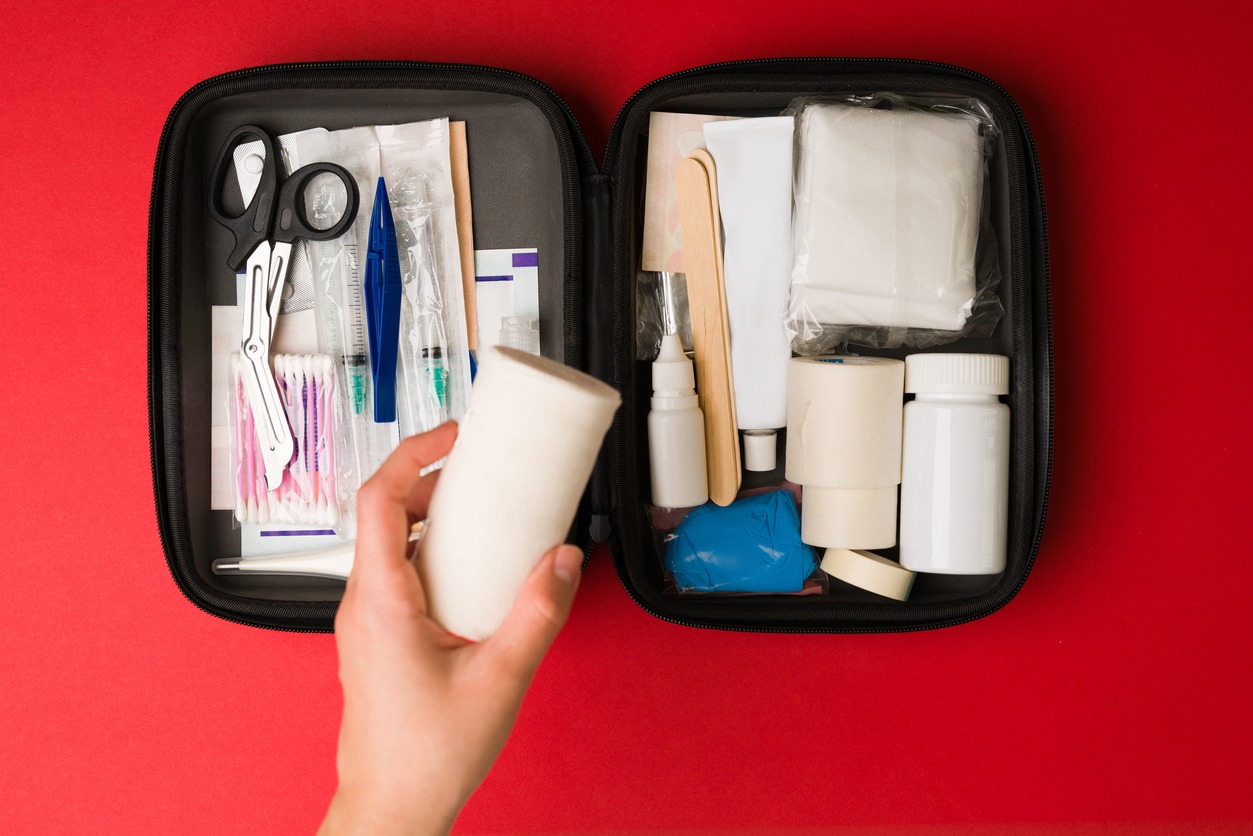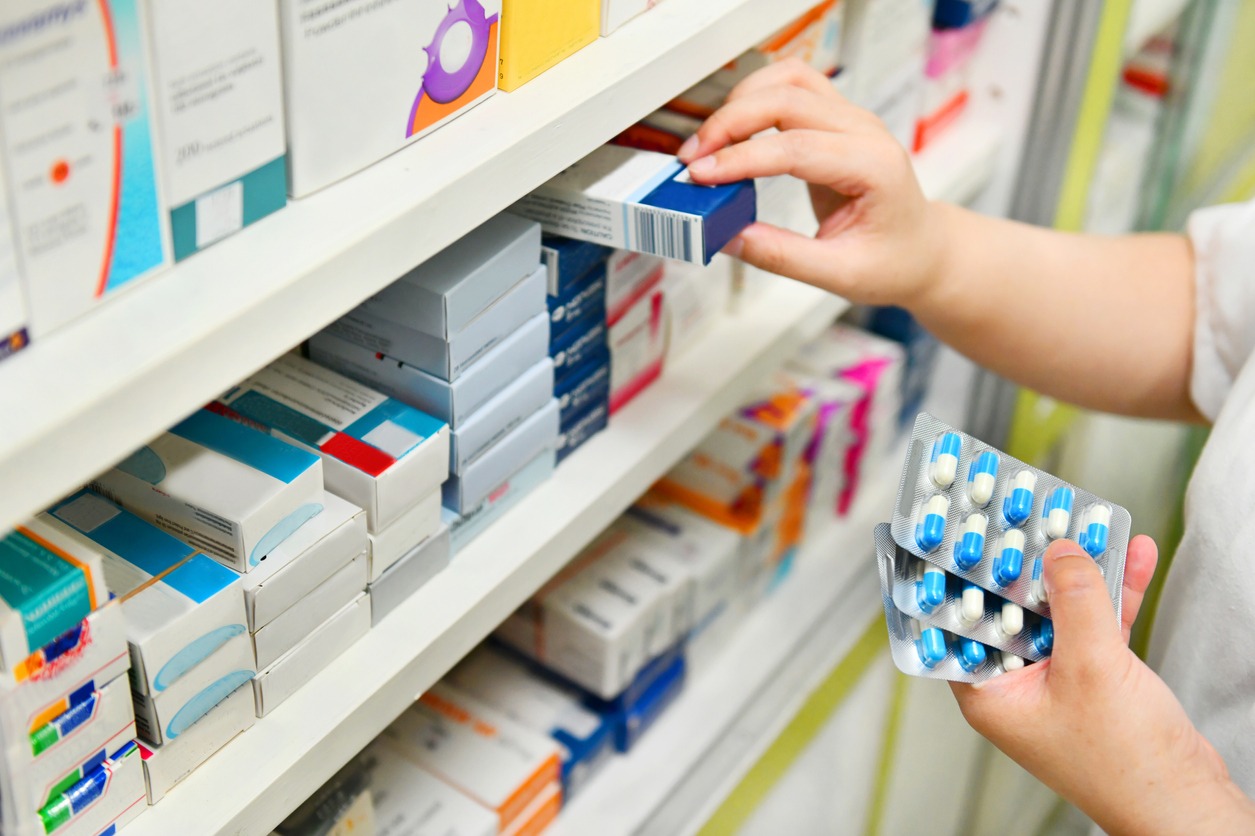Due to the limited availability of competent medical aid, medical supplies become considerably more crucial when things get tough because of a catastrophe or disaster. Having the essential survival medical supplies on hand may improve the chances of remaining healthy and recovering from injuries without suffering long-term consequences. If you gather your prep medic supplies in advance of a need, it’s not as tough as you may imagine. Commercial and natural cures are both helpful; they can be used in conjunction with conventional treatments to strengthen a survivor’s medical kit.
Why Invest in Medical Supplies?
In times of medical emergency, being well-prepared pays off. You not only have the necessary tools at your disposal, but you also need to master first aid. The secret is having the appropriate medical supplies. Why cut down on necessities if we are ready to spend money on luxury products like pricey sneakers or furniture? Every family must have medical supplies. When it comes to your loved ones’ health and safety, the cost is irrelevant. It is sensible to spend money on a whole set of top-notch medical supplies because of this.
First Aid Kit
Consider life as a never-ending battle with the disease. No matter what happens in the conflict, you should always be ready. The lives of your family are in jeopardy. A first aid pack serves as your first line of defense in this covert war. You and a fully-stocked first aid pack are all that is needed in a medical emergency when there is no doctor nearby. The effectiveness of your medical supplies will decide how the battle turns out.
First aid kits come in many different varieties. Depending on the specific need, these kits’ contents may change. Naturally, the fundamental goal of any pack is to offer emergency medical care. The type and contents of first aid kits might change depending on their specific use, though.
For example, a military medical bag may include supplies for traumatic wounds like gunshot wounds. You might wish to consider the most frequent injuries or illnesses that are most likely to occur while creating your home first aid kit.
What Should Be Included in a Travel First Aid Kit?
You should have everything you need in your first-aid kit to treat minor injuries and illnesses. There will be a variety of items in this, but you don’t have to bring a full medicine cabinet. Get a little box or zip-top bag first, and then properly label it. Gather the goods on this list after that, if you can save room do so by using travel or sample sizes. Here is all your first-aid kit needs to have to be ready for any minor medical emergency.
Basic Medical Supplies
- Pain Reliever: Ibuprofen or acetaminophen are beneficial for headaches or sprains. If you have children, add a children’s formula.
- Hand Sanitizer: In the woods, you may not always be able to wash your hands, but you can sanitize them with an alcohol-based hand sanitizer. Use this before tending to wounds as well as after your hands have been stained with blood. In addition, it makes a great fire starter.
- Antibacterial Wipes: Cleaning hands and tools can benefit from antibacterial wipes.
- Adhesive Wraps: Self-adhesive wrap, which doesn’t require pins or other tools, can be used to cover sore knees, ankles, or other injuries.
- Scissors: You might need to use this tool to cut gauze, bandages, or open pharmaceutical packages.
- Antihistamine: The body responds by creating histamine if it is damaged, irritated, or experiences an allergy. Histamine has several actions, including smooth muscle contraction, blood vessel dilation, and increased stomach acid output. As the name implies, antihistamines are a class of medications that reduce the side effects of the histamine molecule.
- Antacids: Antacids neutralize the stomach acid that is produced. They are frequently used in cases where neutralizing stomach acid is beneficial.
- Medicine to Treat Diarrhea: A class of drugs called antidiarrheals is used to treat both acute and chronic diarrhea. Antidiarrheals aid in reducing the frequency and urgency of passing stools, but they do not address the underlying cause of diarrhea, thus diarrhea will return as soon as you stop taking them until the problem is resolved. Antidiarrheals will make you feel better, especially if you experience cramping pains. Diarrhea is a frequent problem and typically lasts for a few days, whether therapy is taken or not.
- Cough Suppressant: Antitussives, sometimes referred to as cough suppressants, come in a variety of forms. The centrally active ones block the cough centers in the brain, and they nearly invariably have addictive properties or at the very least lead to some degree of reliance. The ones that act peripherally affect the receptors that start the cough reflex. These can be non-opioids or opioids (derived from morphine).
- Quick-Cooling Packs: If you twist or sprain your ankle, instant cold packs will be very helpful.
- Tampons and Maxi-Pads: One usage for them is in their typical function, but they also have first aid applications. The pads of tampons work well as bandages and as a stopper for puncture wounds. Just be careful to use the unscented variety to avoid putting the scenting agent into the wound.
- Safety Pins: Although it might seem like a standard component of first aid kits, you’d be astonished at how many lacks one. These are useful for pulling splinters out in addition to holding bandages in place. They are simple to carry in your kit because of their safety design. When you lose a button on your shirt or pants, one non-medical application for them is that.
- Bandages: Most of us have learned that the best approach to treat a wound is to cover it with a gauze dressing, wrap it in a gauze roll bandage, and either tuck the end under one of the wraps or secure it with a safety pin. The use of the self-adherent bandage or cling wrap is the recommended procedure. The only difference between this wrap and an Ace bandage is that it adheres to itself. This eliminates the need for pins or other fasteners, making it much simpler to wrap, unwrap, and rewrap a wound. With a few of these rolls and some maxi-pads, you can make some top-notch field dressings.
- Glue: This is a typical household item with first aid applications. The adhesive is meant to cover the wound; it does not go inside it. To join the two sides together, hold the cut close and spread glue over it. Most individuals make the mistake of not giving the glue enough time to dry.
- Eye Wash Solution: When you’re in a survival situation, eyewash solutions are a secure approach to soothe inflamed eyes. Although they can contain other elements, they are primarily made of purified water.
When SHTF, it will be nearly hard to be fully prepared for all medical emergencies. But if you’re a prepper, you should put together a first aid pack with supplies that will enable you to handle the majority of problems when disaster hits.


